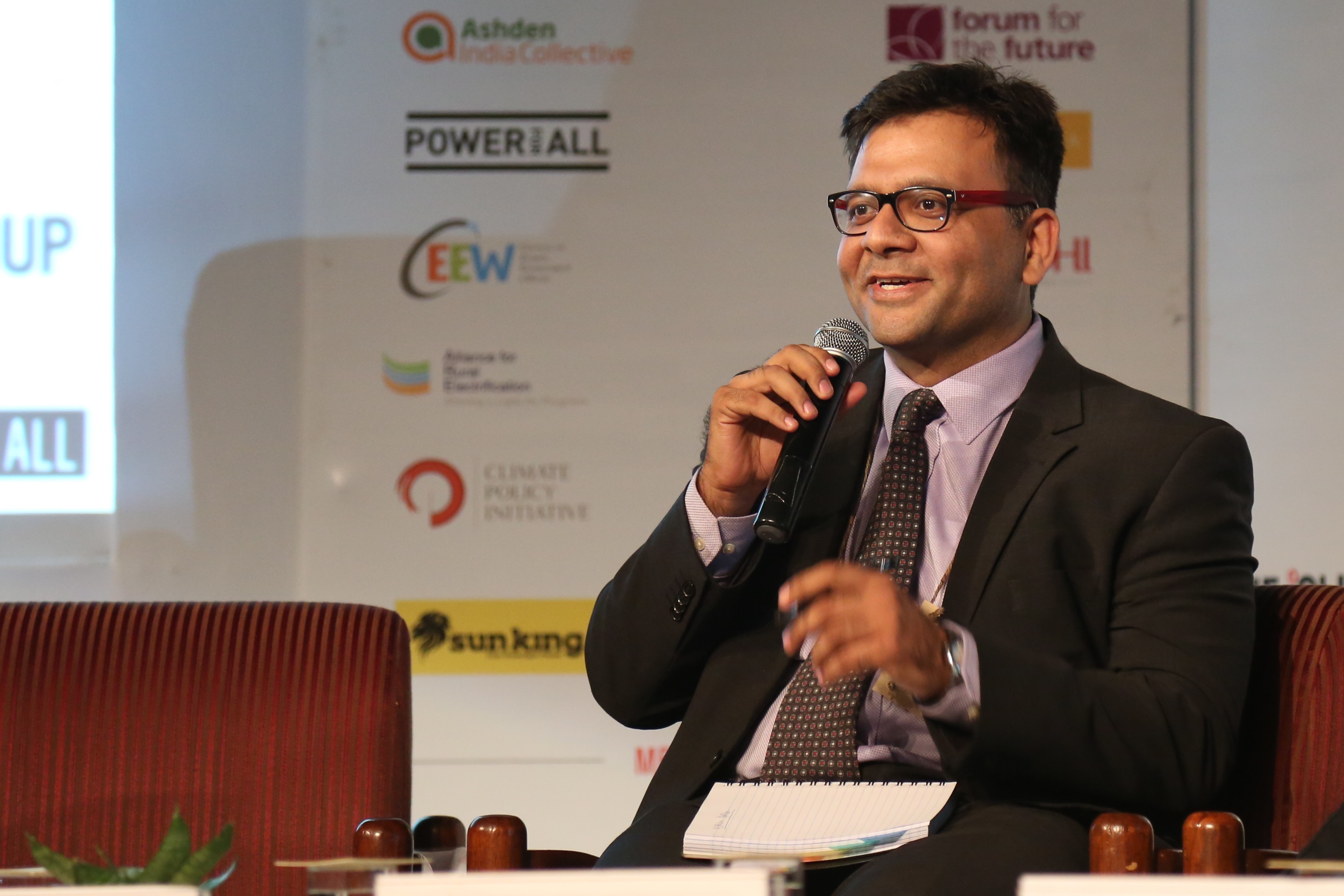CERC (Central Electricity Regulatory Commission, India) has finally come out with a framework for deviation charges on scheduling, imbalance, and forecasting for regional wind and solar resources in India. The framework will be in effect from 1st of November, 2015 if there are no legal and regulatory hurdles experienced, which is highly unlikely this time as the new policy is way milder than the proposal which was released a few months ago.
First and foremost, the CERC has revised formulae for scheduling error which is normalized to the available capacity of the wind or solar plant. Normalizing of the scheduling error, now termed as an absolute error, ensure that wind and solar generators are not penalized heavily. These generators will be allowed to revise their scheduling 16 times in a day, 90 minutes prior to the schedule and the revised scheduling will come into effect four-time slots later, which will be an hour.
Secondly, as per the new regulation gradient penalty structure, which taxpayers are generally used to, is suggested for the deviation chargers. Hence if a generator deviates by 40% it has to pay penalty at the rate of 10% of FiT for a generation between 15% to 25%, plus 20% of FiT for a generation between 25% to 35% and 30% of FiT for a generation between 35% to 40%.
It will be interesting to note that wind and solar generators scheduling under SLDC (State Load Dispatch Center) won’t fall under the jurisdiction of this policy. However, the captive renewable power plants and open access RE plants when scheduling under RLDC, have to follow the deviation guidelines. Instead of PPA, they would be paying penalties under APPC (Average Power Purchase Cost) at the National level. Under this policy, the CERC staff is ordered to come up with APPC before the policy is implemented on the 1st of November 2015.
The following chart is an illustration of 200 MW wind farms which is scheduled to generate 100 MW. It is quite interesting to note that the actual payment per MW will be always over 90% of PPA for scheduling errors in the range of -35% to 50%. The income for the plant will be heavily penalized if the output falls less than 35% of the schedule.
In this case, CERC has observed that more than 90.0% of the generation would be in no penalty band of +/- 15% since the regulation is allowing 16 revisions of scheduling in 24 hours and the error formula itself is normalized to the available capacity of the plant. In such a scenario, the adoption of tools like energy storage for wind and solar PV scheduling will be minimal as the percentage of deviation and the penalty structure is much milder.
CERC agrees that no way the penalty and deviation payments from these generators reflect the cost of balancing and stabilizing the grid. They have defended this mild mechanism by reasoning that at this point of time, the Indian regulatory is still inexperienced and is unaware of the complex market mechanisms which can stabilize fluctuations in grids due to renewable generation. This can be only experienced with the time and in the due course, the penalty and scheduling mechanism is likely to evolve.
Still, this is a great start for an industry that has great potential and its future totally relies on how efficiently we can integrate renewable energy into the grid. Hope this will help us in achieving the 160 GW feat.












